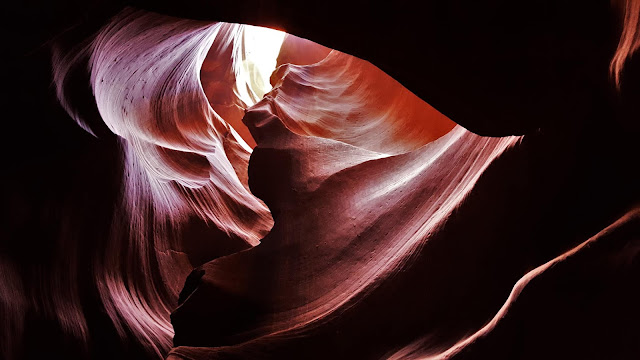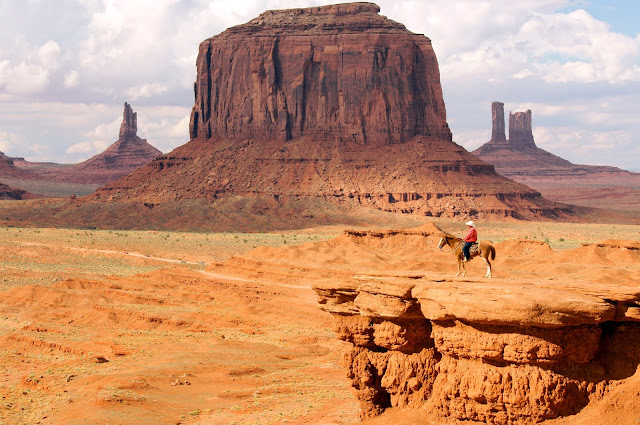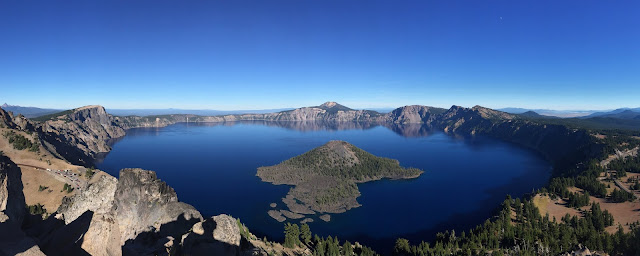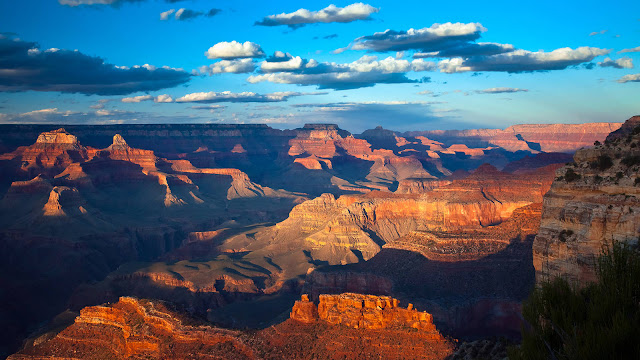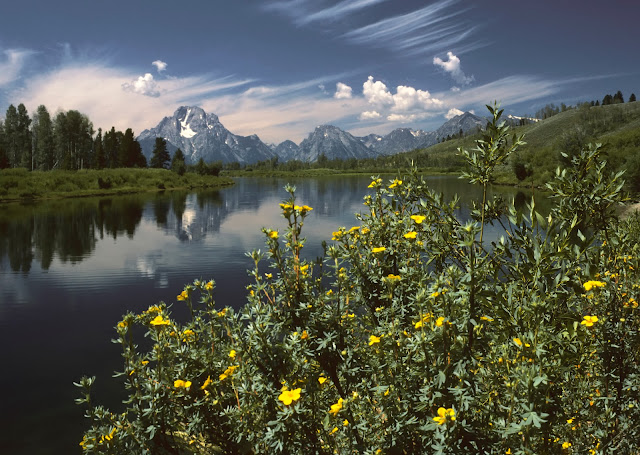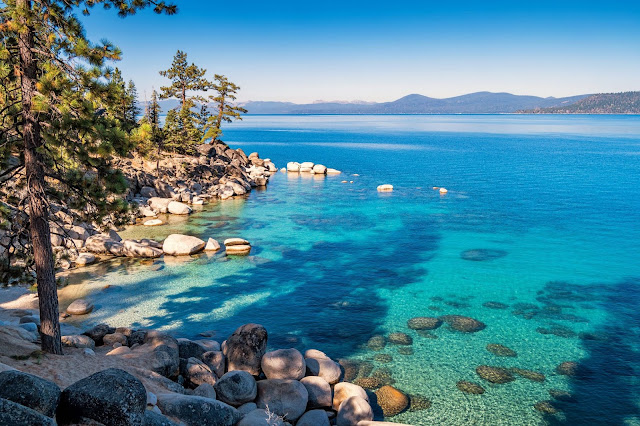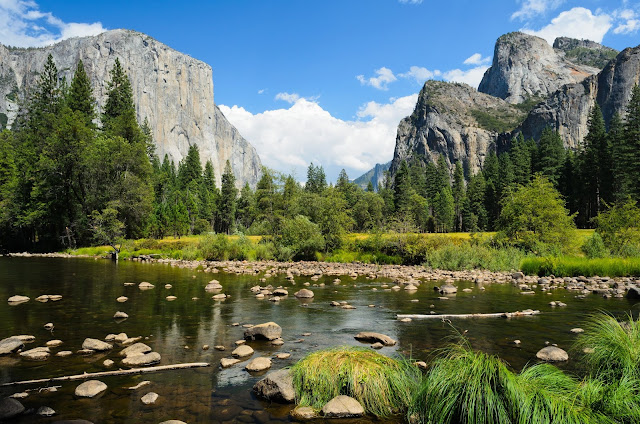A
piston is a component of
reciprocating engines, reciprocating
pumps,
gas compressors and
pneumatic cylinders, among other similar mechanisms. It is the moving component that is contained by a
cylinder and is made gas-tight by piston rings. In an engine, its purpose is to transfer force from expanding gas in the cylinder to the
crankshaft via a piston rod and/or connecting rod
To understand how a piston generates power, the first thing
to know is the parts that make up a piston and their functions.
These parts are:
-connecting rod
-piston head
-piston rings
-connecting rod sleeve bearings
-gudgeon pin/piston pin
-snap ring
 |
| exploded view of a piston |
|
The connecting rod
The connecting rod
connects the piston head to the
crankshaft
Piston head
This is where the power stroke(explosive power) takes place.
The connecting rod pushes the piston head up for compressive power and also
transfers motion from the explosive power generated from the explosion of
compressed air and gaseous fuel. In four stroke engines, The piston head also
pushes the exhaust out of the engine after combustion has taken place.
Piston rings
There are two types of piston rings present on a piston
-First is the compression rings which assists the piston
head in compression and removal of exhaust.
-Secondly, we have the oil rings which are used for
distributing oil in a cylinder engine. The piston's up and down movement would
involve friction in sides of the cylinder. Therefore, to avoid this, the oil
ring is introduced and they help to lubricate the cylinder and piston body thereby preventing friction which will lead
to wear and tear.
Connecting rod sleeve bearings
They provide rotating motion of the crank pin within the
connecting rod, which transmits cycling load applied to the piston. Connecting rod
bearings are mounted in the big end of the connecting rod.
Piston pin/gudgeon pin
The piston pin connects one end of the connecting rod to the
piston head. It provides free movement to the piston head in the cylinder while the connecting rod transfers power from
the piston to the crankshaft.
Snap ring
the snap rings are positioned at each end of the piston pin.
Their function is to to make sure the piston pin is securely locked in the
right position to avoid the piston head slipping off while the piston assembly is
working.
How pistons generate power?
The working principle of a piston to generate power is a
relatively simple and straight forward process which generally involves the up
and down movement of the piston.
To better understand this process, a four stroke diesel
engine would be used as our point of reference.
So, how do pistons generate power in a four stroke diesel
engine?
There are four processes a piston follows in a four stroke
engine to create power, they are as follows
- - Intake stroke
-
- Compression stroke
-
- Ignition/power stroke
-
- Exhaust stroke
The intake stroke
In the intake stroke, the inlet valve opens to let air into
the cylinder housing the piston. In this cycle, the piston moves from the
top dead centre(TDC) to the
bottom dead centre(BDC) to create the maximum space
attainable for air.
Compression stroke
In this cycle, the inlet and exhaust valves are closed and
the piston moves up from the BDC to the TDC gradually compressing the air until
it attains a pressure and temperature in which if just a drop of fuel is added,
combustion will take place.
Ignition/power stroke
In this cycle, both valves are closed and the piston is at
the TDC with the compressed air. Diesel fuel is then introduced and combustion
takes place, this is called the power stroke. The compressive force which comes
as a result of the combustion will push the piston back to BDC and at the same
time the connecting rod is transferring the motion to the the crank shaft. This
is exactly how the piston generates power.
Exhaust stroke
In the exhaust stroke, the exhaust valve is open and the
piston moves from the BDC to the TDC expelling burnt gases (which are the
result of the power stroke) out through
the exhaust outlet.
NOTE
The above cycle works for diesel engines with a four stroke cycle.
Other engine cycles include
- 2 stroke petrol engine
-
4 stroke petrol engne
-
2 stroke diesel engine
for more write ups on engines and technology, visit
here
Have any questions or contributions? leave your questions or
contribution in the comments section below and be sure of being replied
as soon as possible!
